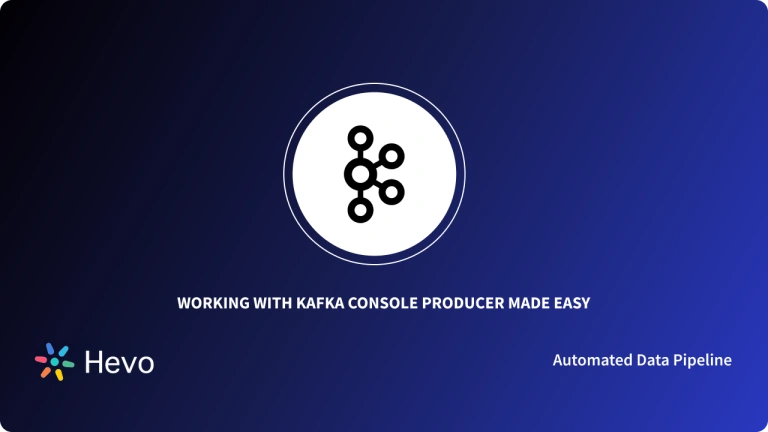Table of Contents
Building a Data Pipeline to Connect Kafka to BigQuery Using Hevo
Steps to Build the Pipeline for Kafka to BigQuery
Step 1: Configure Kafka as your Source.
- Click on ‘Create Pipeline’ button.
- Search for ‘Kafka’ and select it.
- Fill in the connection details required to connect to the Kafka account.
- Finally, click ‘Continue.’
Step 2: Configure Objects
- Select the objects you want to replicate to your destination.
- Click on ‘Continue’ to move ahead.
Step 3: Configure BigQuery as your Destination.
- Select ‘BigQuery’ as your destination.
- Authorize your BigQuery account, select your ‘Project ID,’ and make sure your account has the required permissions to create a dataset in your selected project.
- Now, click on ‘Save & Continue.’
Step 4: The Final Step
- Give a suitable Table prefix.
- For the final step, click ‘Continue.’
And that’s it! You are done creating a pipeline to connect Kafka to BigQuery.
FAQ on Connecting Kafka to BigQuery
1. How to load data from Kafka to BigQuery?
To load data from Kafka to BigQuery, you can use connectors like Confluent’s Kafka BigQuery Sink Connector, or build a custom pipeline using tools like Apache Beam or Dataflow to stream data from Kafka to BigQuery.
2. How to send data from Kafka to database?
You can send data from Kafka to a database using Kafka Connect with the appropriate sink connectors (e.g., JDBC Sink Connector) to write Kafka data into relational databases like MySQL, PostgreSQL, or others.
3. What is the difference between BigQuery and Kafka?
BigQuery is a serverless, cloud-based data warehouse designed for large-scale data analytics, while Kafka is a distributed event streaming platform used for real-time data processing and data pipelines. Kafka is typically used for data transport, whereas BigQuery is used for querying and analyzing data.




